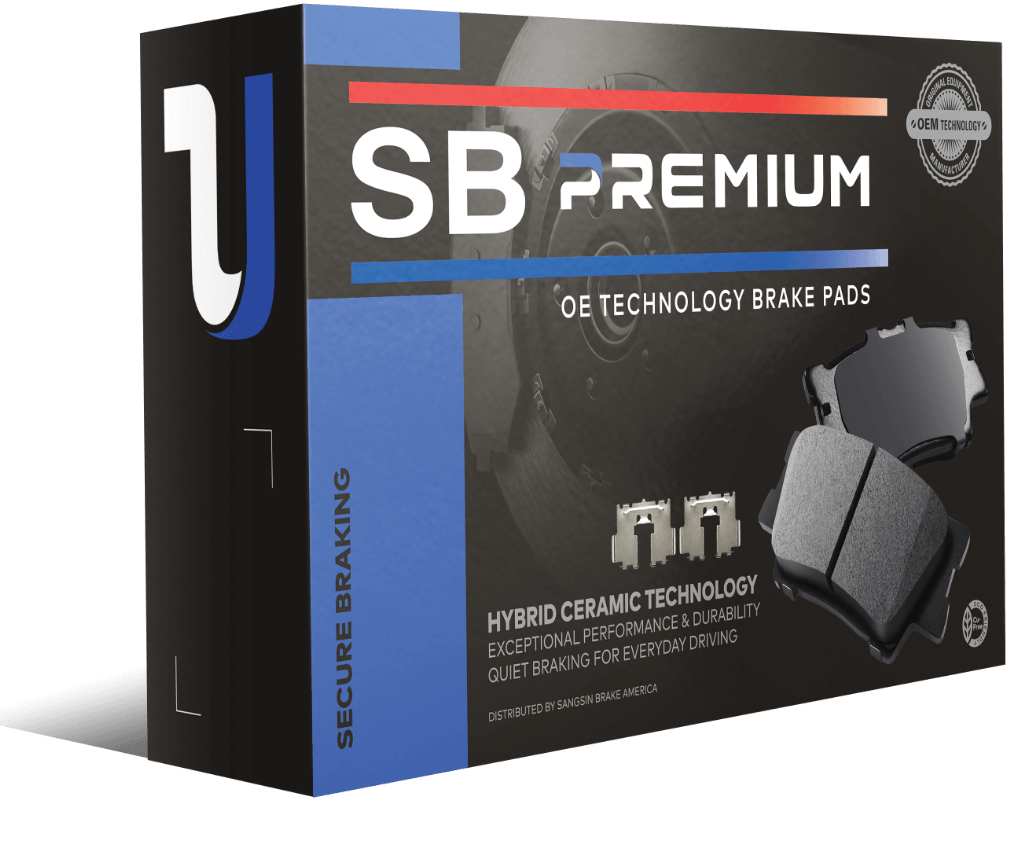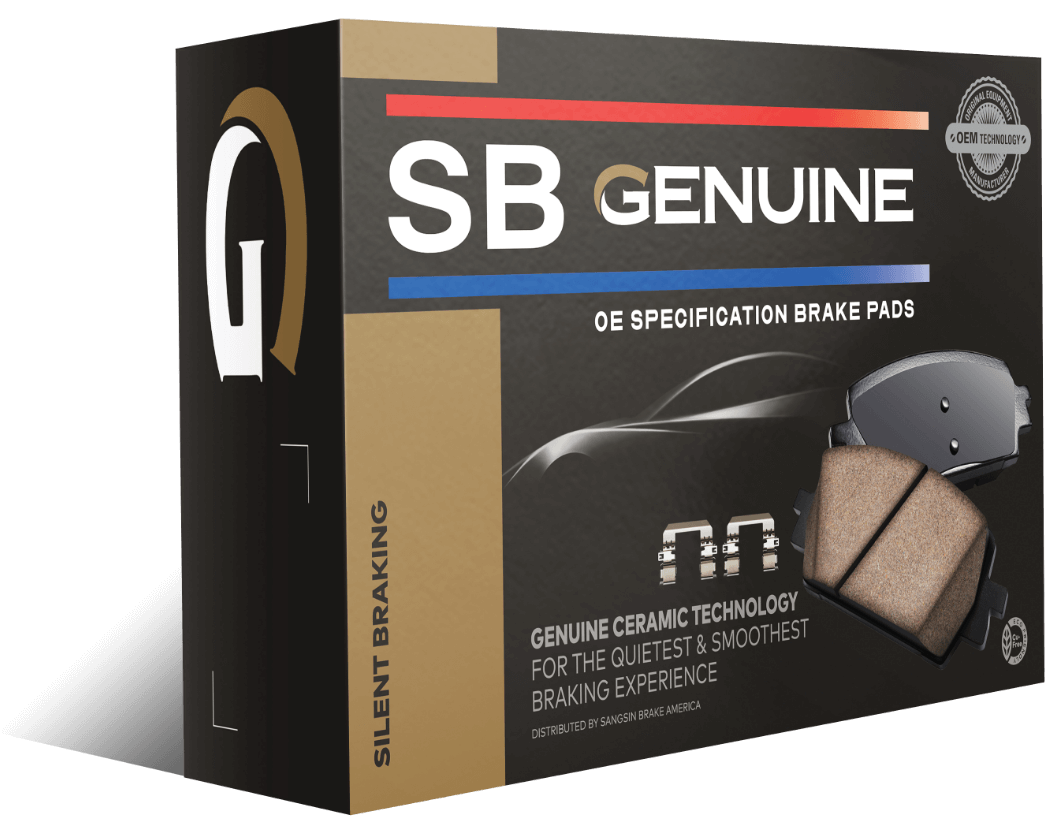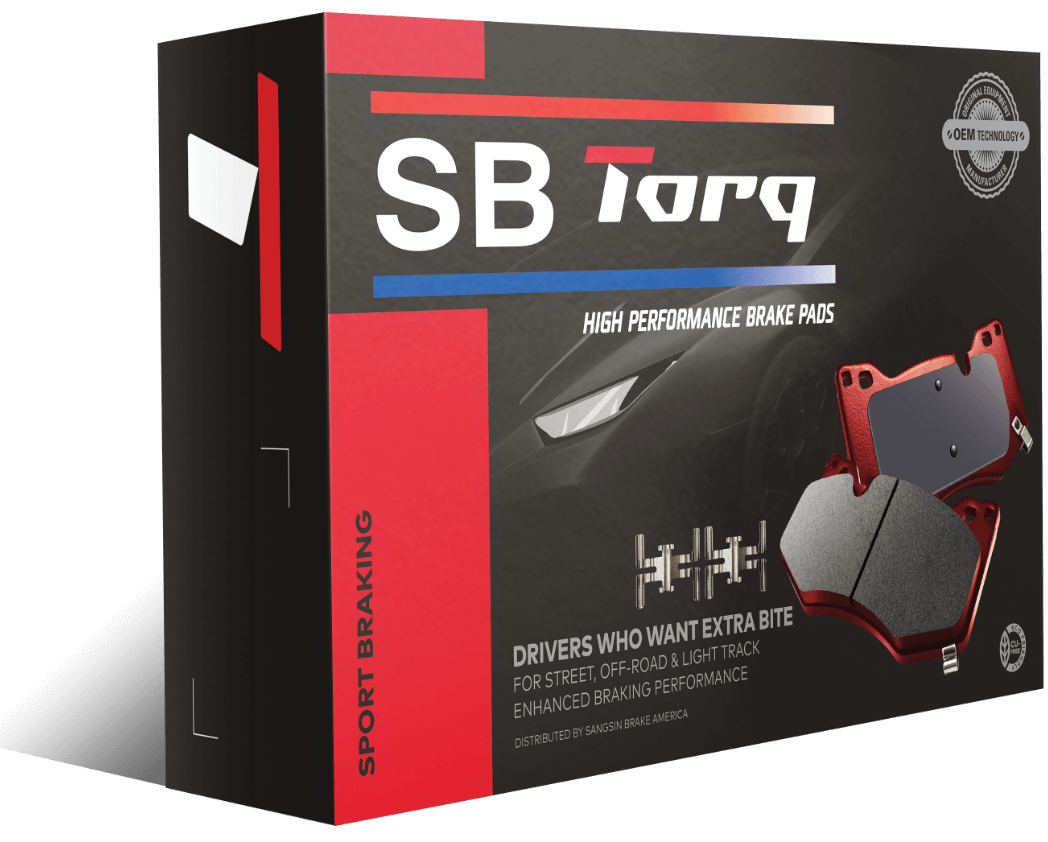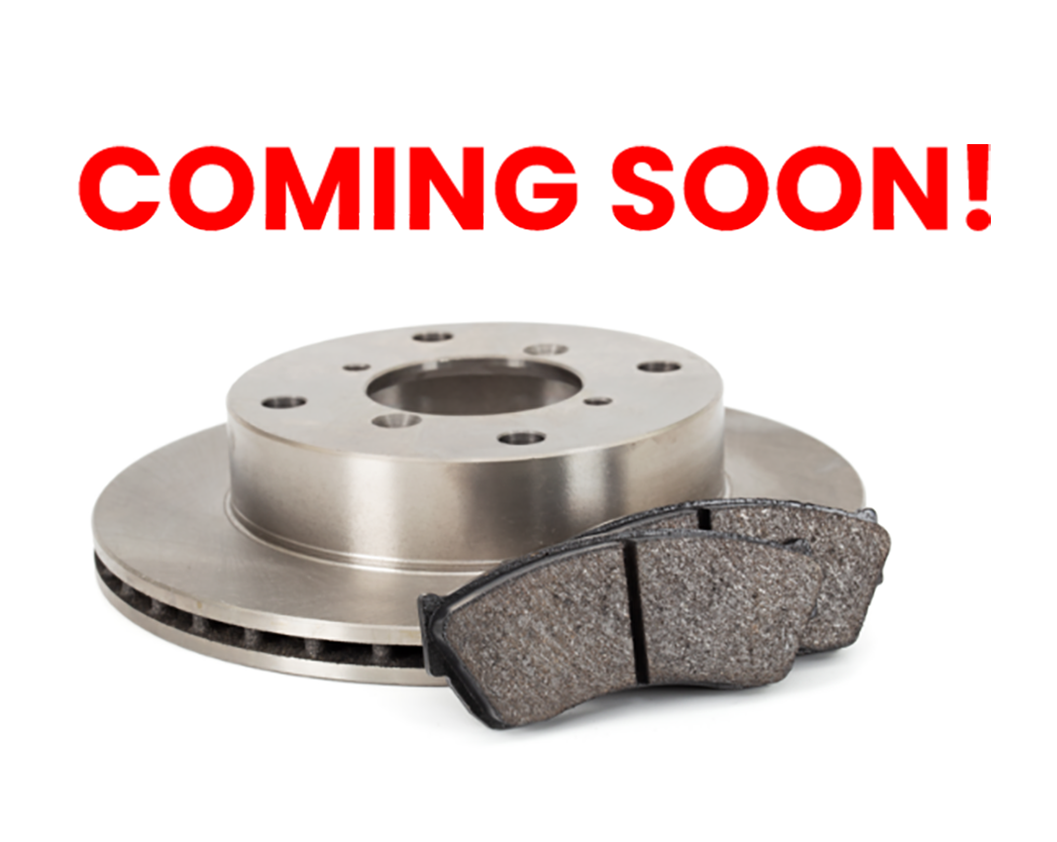How often you’ll need to change your brake pads varies on a lot of different factors, such as the type of vehicle you drive, your driving habits and more.
While you may be able to refer to your vehicle owner’s manual to get an idea of when you’ll need to perform this maintenance, it’s not difficult to tell when the brake pads need tending to. The best way to tell is to listen to what your vehicle is telling you. If you begin to notice a squealing or grinding sound when you apply the brakes, it’s likely time to change the brake pads out for new ones — regardless of how many miles are on your vehicle.
The good news is that if you have a moderate skill level, changing the brake pads is a vehicle maintenance task that you should be able to take care of fairly easily. By doing it yourself you may save labor costs and time spent at the auto repair shop. Some vehicles require special tools, but the instructions below will cover the front axles on many popular vehicles. In the next section, we’ll go step-by-step on how to perform this task:
Changing Your Brake Pads: A Step-by-Step Guide
Step 1: Gather Tools, Materials
The first thing you’ll want to do is make sure you have your tools and new brake pads handy. As far as tools, you’ll want to round up a jack and jack stands, a lug wrench, C-clamp or caliper spreader tool, and a basic tool set. Many calipers require a Torx or Allen bit to remove the caliper bolts, so check to make sure that you have the correct tool before beginning the job. In addition to your new brake pads, consider picking up a can of brake fluid in case the tank needs to be topped off after you’re done. Be sure to refer to your vehicle owner’s manual so that you select the right type of brake fluid.
Step 2: Remove the Tire
Start by loosening the lug nuts on one of your front-side wheels, and then jack the car up. Slide a jack stand under the frame to support the vehicle, and then fully loosen and remove the lug nuts so that you can take the tire off. Once you remove the tire, you should see and have access to the brake assembly. Most vehicles have a sliding caliper assembly, which is the type of assembly that this step-by-step overview is based on. Additionally, it’s best to do one wheel at a time and not try to change brake pads simultaneously.
Step 3: Take Out the Slider Bolts, then Lift the Caliper
You should see two bolts that are working to hold the caliper in place.
Once you’ve removed both bolts, you can remove the caliper completely — just be sure that you don’t disconnect any of the lines. Once the caliper is out of the way, you’ll be able to see the brake pads. If the friction is one-eighth of an inch or less at any part of the pad, then it needs to be changed.
Step 4: Remove the Old Pads, Clips
Slide the old brake pads out and then remove the abutment hardware. Many new brake pads come with new abutment hardware, but if your pads do not, the old hardware should be cleaned and inspected thoroughly. The new abutment should easily snap into place in the same spot where you removed the old ones. It might help to snap a picture of how your old brake pads were installed to refer back to when you’re determining hardware position so you can ensure they match properly.
Step 5: Address the Pistons
Before the brake pads can be installed, you’ll need to squeeze the pistons back into the caliper. This needs to be done before lowering the calipers into place so that they’re adequately able to clear the thicker, new pads that have been installed. Many vehicles have just one piston per caliper, but if the calipers have two it’s important to push both back at once. You can use a C-clamp to perform this on simple single piston calipers, but it is best to use a caliper piston tool which can be purchased or rented from most auto parts stores. It’s important to apply pressure and be patient, as the pistons tend to retract slowly.
Step 6: Keep an Eye on Your Brake Fluid
Retracting the pistons often causes the level in the brake fluid to increase. You’ll want to keep watch on the brake fluid reservoir and remove some fluid if levels look they might get too high. Be sure to check the fluid during the step where you push the pistons back.
Step 7: Install Your New Brake Pads
A small amount of disc brake lubricant should be applied between the pads and abutment hardware, and anywhere else there is metal to metal contact between the pad and caliper, being careful not to get grease on the friction surface of the pad or rotor. The pads can now be installed into the caliper.
Step 8: Slide the Caliper Back Into Place, Put the Wheel Back on
Once the brake pads are installed in the caliper, the caliper can be replaced in its normal position on the vehicle. Next, replace the slider bolts. And finally, you’ll conclude the changing of the brake pads by putting the wheel back onto the vehicle. Repeat Steps 1-8 on the other front side of your vehicle to change the other brake pad.
As you can see, changing out your vehicle’s brake pads on your own isn’t quite as daunting as it may seem. All you’ll need is some basic tools and to set aside a few hours of time to get the job done.





